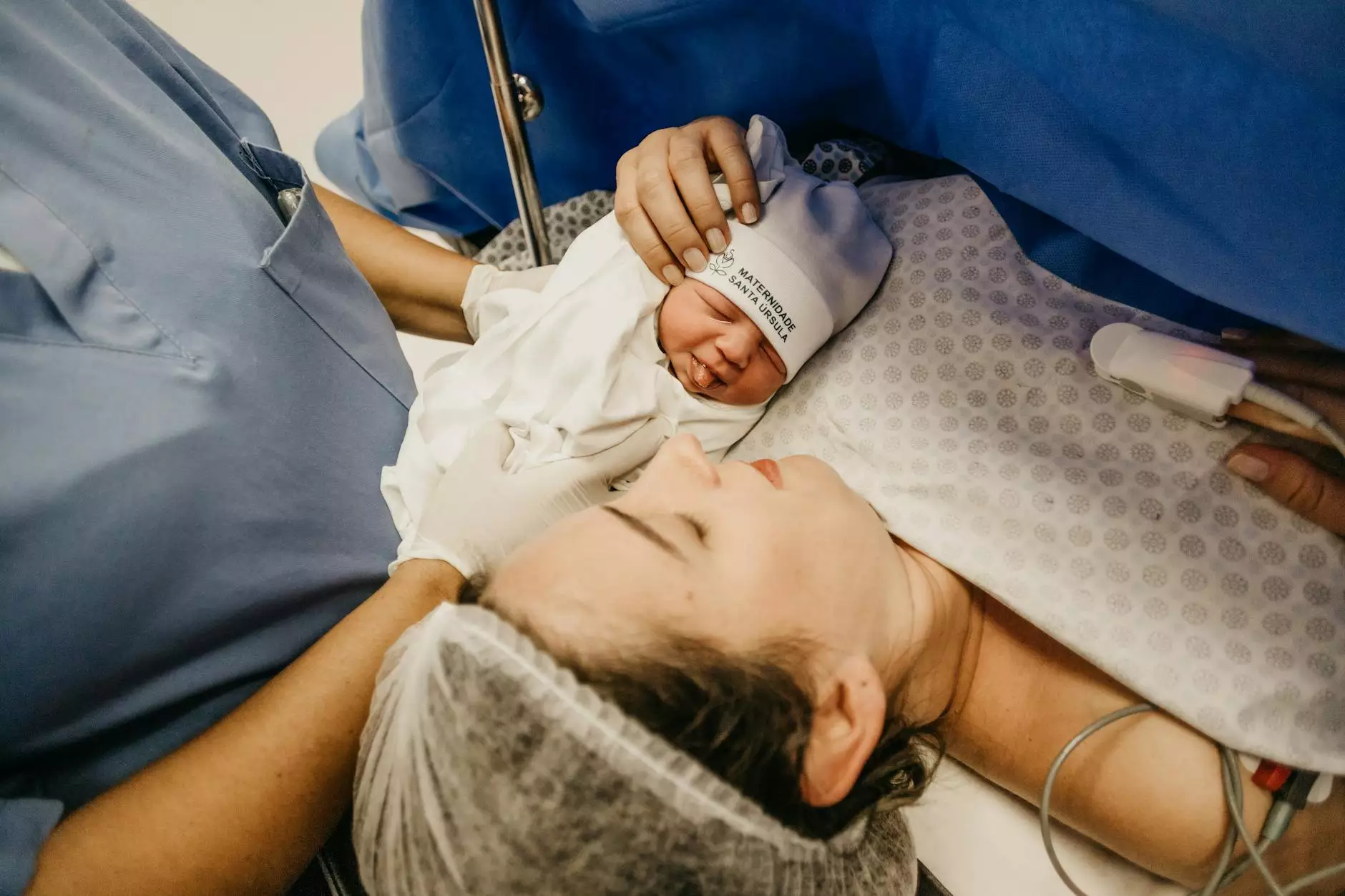Understanding Bilateral Salpingo Oophorectomy

Bilateral salpingo oophorectomy is a surgical procedure that involves the removal of both fallopian tubes and ovaries. This operation plays a crucial role in women's health, particularly for those facing certain medical conditions. In this comprehensive guide, we will delve into the intricacies of this procedure, including its indications, benefits, risks, and recovery process. By understanding this surgery, patients can make informed decisions in collaboration with their healthcare providers.
What is Bilateral Salpingo Oophorectomy?
The term bilateral salpingo oophorectomy derives from Latin and Greek roots, where “salpinx” means tube, “oophoron” means ovary, and “ectomy” refers to removal. Thus, this procedure entails the surgical excision of both the fallopian tubes and ovaries. It can be performed through various surgical techniques, including:
- Open Surgery: A larger incision is made to access the abdominal cavity.
- Laparoscopic Surgery: A minimally invasive technique using small incisions and a camera.
Indications for Bilateral Salpingo Oophorectomy
There are several medical reasons why a doctor may recommend a bilateral salpingo oophorectomy:
- Ovarian Cancer: The most common indication; removing the ovaries can significantly prevent the progression of cancer.
- Severe Endometriosis: When endometrial tissue grows outside the uterus, it can cause significant pain and complications.
- Genetic Predisposition: Women with BRCA1 or BRCA2 gene mutations may opt for this surgery to reduce cancer risk.
- Pelvic Inflammatory Disease (PID): Chronic PID can lead to severe complications requiring removal of reproductive organs.
The Procedure: What to Expect
Preparing for a bilateral salpingo oophorectomy involves several steps:
- Preoperative Assessment: A thorough evaluation, including blood tests, imaging studies, and discussions about medical history.
- Anesthesia: The procedure is typically conducted under general anesthesia, ensuring the patient is unconscious and pain-free.
- Surgical Steps: The surgeon will carefully remove the ovaries and fallopian tubes. In laparoscopic surgeries, gas is typically introduced into the abdomen to create space for visualization.
- Closing the Incision: After removal, the incisions are sewn or stapled, and the patient is taken to recovery.
Benefits of Bilateral Salpingo Oophorectomy
This surgical procedure offers numerous benefits for patients:
- Cancer Prevention: For women at high risk of ovarian and breast cancer, this surgery significantly lowers their chances.
- Pain Relief: Women suffering from conditions like endometriosis often experience considerable pain relief post-surgery.
- Improved Quality of Life: Many women report an enhanced quality of life as a result of symptom alleviation.
Potential Risks and Complications
As with any surgical procedure, bilateral salpingo oophorectomy carries certain risks. Potential complications include:
- Infection: Surgical sites can become infected, requiring additional treatment.
- Bleeding: There could be significant blood loss during surgery.
- Hormonal Changes: Removal of the ovaries leads to immediate menopause, which may cause symptoms like hot flashes, mood swings, and increased risk of osteoporosis.
Recovery After Bilateral Salpingo Oophorectomy
The recovery period varies among individuals but generally includes the following aspects:
- Hospital Stay: Patients may stay in the hospital for up to a few days, depending on the surgical approach and individual's health.
- Activity Level: Patients are usually advised to avoid strenuous activities for several weeks to facilitate healing.
- Follow-up Appointments: Regular check-ups with the healthcare provider help ensure a smooth recovery.
Long-Term Considerations After Surgery
Post-operative care does not stop once you leave the hospital. Long-term considerations include:
- Hormone Replacement Therapy (HRT): Discussing the need for HRT with your doctor can help manage menopausal symptoms.
- Diet and Lifestyle Changes: Maintaining a healthy lifestyle can mitigate some of the risks associated with early menopause.
- Emotional Support: Dealing with hormonal changes and the implications of surgery can require emotional and psychological support from friends, family, or professionals.
Making the Decision: Consultation with Your Doctor
The decision to undergo a bilateral salpingo oophorectomy is significant and requires thorough discussion with a healthcare provider. Factors to consider include:
- Your current health status and medical history.
- The potential risks and benefits specific to your case.
- Your family medical history, especially concerning cancer.
- Your personal feelings about fertility and hormonal changes.
Conclusion
Bilateral salpingo oophorectomy is a pivotal procedure in modern medicine, providing life-saving options for women at risk of ovarian or breast cancer and assisting those suffering from debilitating conditions. If you're considering this surgery, it’s essential to consult with experienced specialists. At drseckin.com, you can find expert care and support tailored specifically for your needs. Knowledge of this procedure can empower women to take control of their reproductive health and make informed choices regarding their bodies.
© 2023 Dr. Seckin. All rights reserved.
salpingo oophorectomy bilateral








